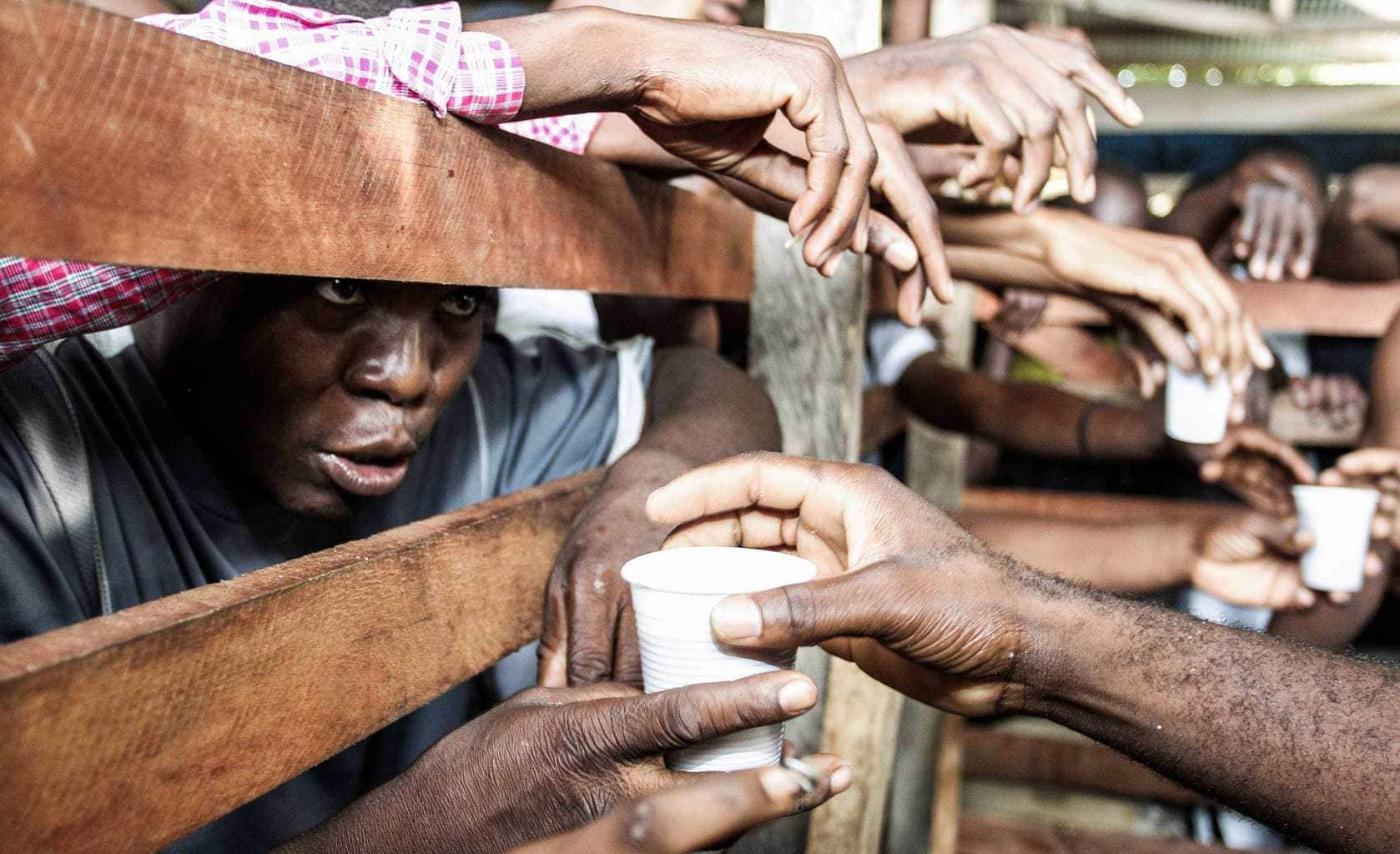Could it be said that almost all photographs are documentaries, since they document a moment, a moment, a time? However, what concerns us today is documentary photography in the strict sense. This type of photography is about recording reality, not just capturing wonderful moments, conveying a feeling, or simply creating an image with a purely aesthetic sense. Its purpose is generally to generate social awareness and although it is sometimes confused with photojournalism, it is not exactly the same, despite the fact that on many occasions they provide feedback. Photojournalism focuses more on the present, which is relevant today, while documentary photography aims to portray a reality, a context and characters that experience that reality, whether or not they are current at that time.
Perhaps you have never been interested in this topic, or you have simply never stopped thinking about it, either due to ignorance or because other more attractive topics have been presented to you so that you dedicate your attention, but if that even aroused the error a little, continue reading to delve into the subject and read some tips and keys to working with this type of photography.
- A documentary photo is a photo that is explained.
- With a single shot it should give an emotional blow and for this reason.
- On many occasions.
- The images can be very rough.
- The limit can be in each of the people who stand behind the camera.
- Deciding what you want and what you don’t want to show.
- Some photographers agree that the limit is in the dignity of the person photographed.
- A good point to ponder.
- Don’t you think?.
Documentary photography is closer to aesthetics than to photojournalism, the latter seeks novelty, current affairs, scoop, however, documentary photography, not only seeks to show reality, the photographer seeks an aesthetic result (not so much artistic).
If you want to dedicate yourself to this genre, you should know that the most important thing is that you are interested in the subject you are going to work on, that you worry and that you do not leave indifferent. Do not be totally objective, but that does not mean that you are not fair with reality and that what you reflect fits as closely as possible to this reality with the greatest possible veracity.
The most recommended lenses for this genus are
The first phase of editing is selection. I’m sure you will take hundreds of photos, if not thousands, but you won’t need them all to show what you want. Select a few that will tell the story. If you have become emotionally involved in the subject to the point where you can no longer make the selection, wait a bit and take a break, this will help you to be more objective.
The second part of the edition is much more complicated as it opens a great debate: editing, yes or no?Many people agree that these types of photographs allow retouching of brightness, light, color (moving to black and white is already editing) ?, but what should not be allowed in any case is manipulation. There have been many cases in which photography has been manipulated thus losing all its meaning, since it no longer reflects reality, but a fiction invented by the photographer.
In all genres of photography, observing the work of others is very useful, but I would venture to say that in this case it is even more important. Some of the references in documentary photography are: Sebastião Salgado, José Ferreira, Susan Meiselas, W. Eugene Smith, Eugène Atget, Henri Cartier-Bresson or Robert Frank. These are just a few, I invite you to browse the web a bit and visit their incredible works to learn from them.
Here is a gallery with some documentary photos and two links to videos from two galleries of documentary photographers.
I hope you found this article interesting and opened a new door in the world of photography, you don’t have to go to an African tribe, a refugee camp or a city that suffered a natural disaster a year later to document how they are dealing with the consequences of the disaster. Start with your neighborhood or city, there’s sure to be a topic you want to share, report, or immortalize for posterity. And remember, we learn by doing?Find your camera and document!

